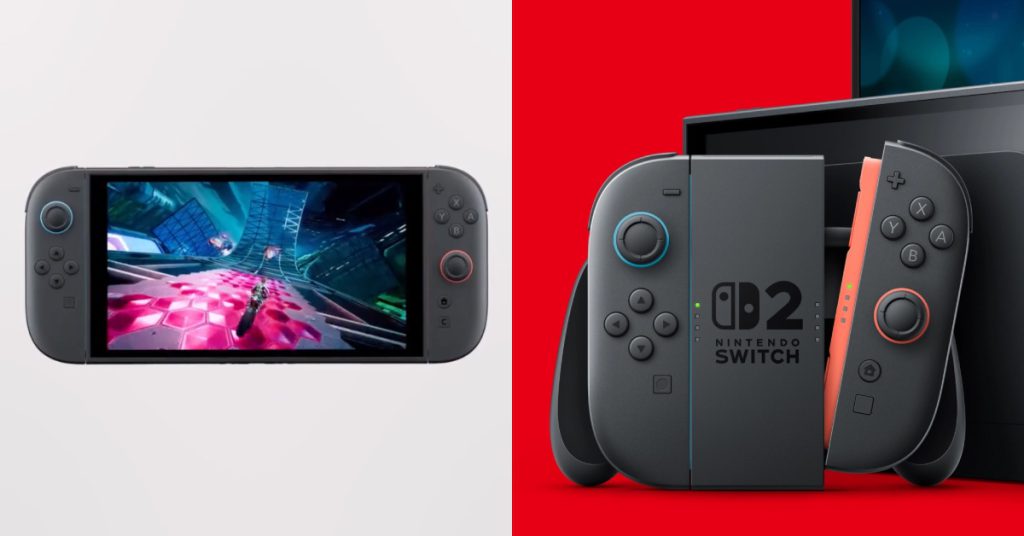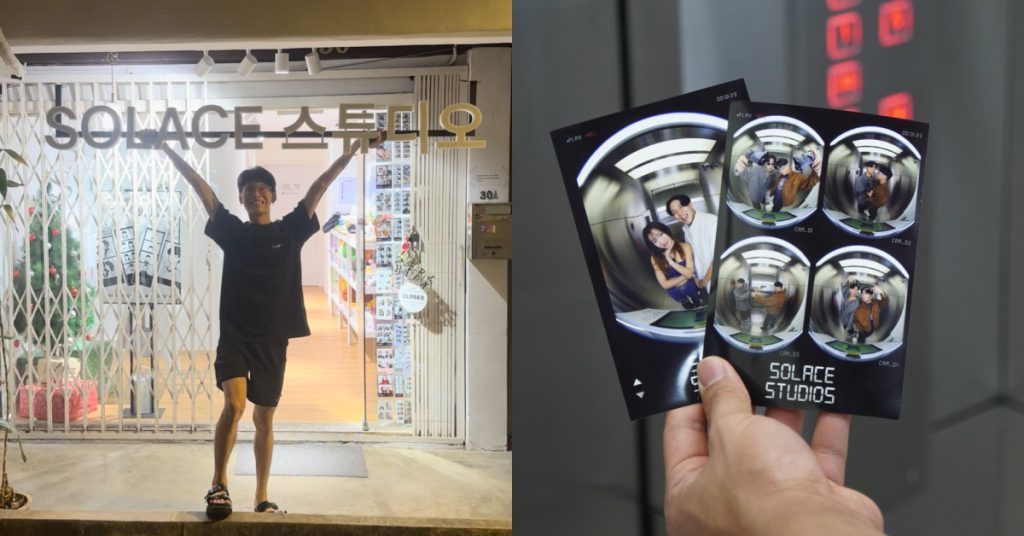I am by no means a gamer. Let’s put it this way: if people were ranked on a scale, and gamers were located at the far right, I would be placed all the way to the left — and I wouldn’t be ashamed to admit it. I have, unfortunately, never got the appeal — nor the aptitude — for gaming. In other words, yes, I am pretty uncool.
But all this changed when I was introduced to Monument Valley, a game that costs — get this — US$3.99 to download from the Apple app store. If you’re new to the game, its creators ustwo describe it as “an illusory adventure of impossible architecture and forgiveness”.
Basically, players take on the perspective of Princess Ida, a girl who travels and explores various monuments in order to seek forgiveness for something she has done. Along the way, she must search for hidden pathways and make use of optical illusions to ultimately outsmart the Crow People — large black birds that try to prevent her from reaching her goals.

It might seem like your average adventure/good versus evil game, but trust me when I say there is so much more to Monument Valley than just that. Here are some of the reasons why people remain so fascinated by the game nearly a year after its launch:
Graphics
Monument Valley was named the winner of Apple’s Design Award in 2014, and coming from a company that is so known and loved for its design philosophy, you can be sure the game is a beautiful one. It was inspired by the works of Dutch graphic artist M.C. Escher, Japanese prints, and minimalist 3D design, and though each of these three elements may seem about as distinct from one another as I am from professional gamers, they somehow work well together.

In an interview with Wired, the designer of the game, Ken Wong, explained that they had hoped to make each frame in the game so beautiful that players would want to hang them up as art pieces. And they’ve succeeded: players of the game are so taken by the designs of Monument Valley that ustwo have set up an online store just to sell prints of the game.
Concept/Execution
The words I’ve heard players use to describe Monument Valley range from “awesome”, to “elegant”, to “genius” — a testament to just how much the game stands out from its competitors (if it has any, that is).
In a separate interview with Polygon, it was revealed that the ustwo team took about 10 months to develop the game: a pretty impressive time frame for a small team of 8, according to C, a graphic designer who appreciates the design aspect of Monument Valley. “Can you imagine the amount of thought that went into designing a game with such detail? It’s very, very clever,” she added.

Emotional Connection
For Annie, another fan of Monument Valley, its appeal lies in the emotional connection that players have with the game. After going along on Princess Ida’s journey, she describes the ending — when the princess has earned her forgiveness — as one that has a sort of “cathartic release”.
It’s hard to be unsympathetic towards a hero that triumphs over numerous obstacles – it’s why films like The Lord of the Rings have such a huge following, after all. And when our hero is one who’s out to set her own mistakes right, we can’t help but feel for her character and her story.
Problem-Solving

At a time when mobile gaming is largely dominated by war, adventure or puzzle types, a game built upon architecture and art is a very unlikely underdog — one that its many players are keen to support.
“[Monument Valley] is a different way of problem solving; it’s not linear — you must think in a way you never thought of before, which is refreshing,” explained Annie.
C was quick to agree: “I was stuck at a particular level for a long time, and I kept zooming in and out to see if I missed anything. Then I realised I actually had to rotate the entire monument so that I could look at the pathway from another point of view.”
Social Awareness and Responsibility

In support of World AIDS Day last year, ustwo launched a series of 8 new levels — in addition to the original 10 — called Forgotten Shores, which players could purchase in-app. It’s rare, in today’s context, to expect to pay so much for a game or app, and even more unlikely that casual gamers would be willing to pay extra for an upgrade.
But for players of Monument Valley like C, good design is worth paying for — and more so, if the money goes towards a good cause. So when Apple announced that the proceeds from those who bought Forgotten Shores would go into the fight against AIDS, fans of Monument Valley were not only undeterred, but showed their support for humanity — and great design — by donating more than US$80,000 on the day of its launch.
Beautiful, elegant, and so, so clever — what more can we ask for in a mobile game? After all, 2.4 million users can’t be wrong.













